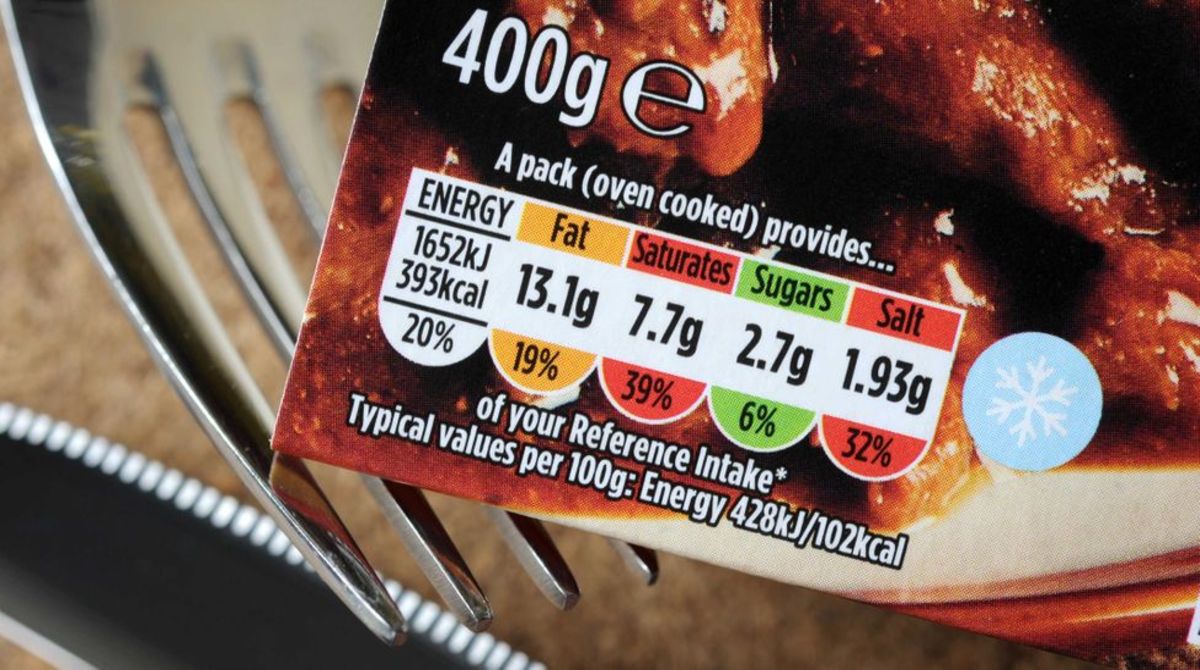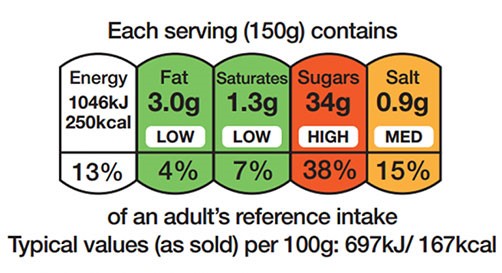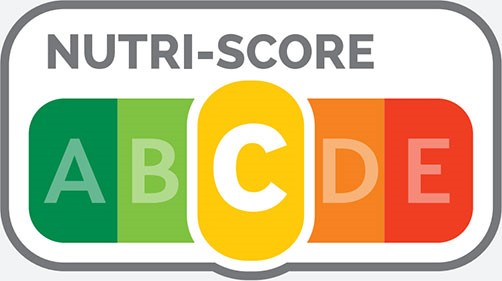Front of Pack (FOP) Labelling in India V/S The World
July 19, 2022

Front-of-pack nutrition labelling shows what's in the box or packet of food. The universal label is colour coded red, amber and green and also highlights ‘percentage reference intakes’ (formerly known as guideline daily amounts) to show how much fat, saturated fat, salts, sugars and energy is in a food product.
What do the different colours show?
Red means the food or drink is high in a particular nutrient that you should try to cut down on, eat less often or in small amounts.
Amber means medium. If a food contains mostly amber you can eat it most of the time.
Green means low. The greener lights a label displays the healthier the food choice.
But with Front of Pack labelling, you just need to go for as many greens as you can and avoid choosing too many reds. That way you'll know you'll be making a healthier choice.
FOP labelling in India
Indian policy-makers are trying to curtail the rising consumption of processed foods that are high in fat, sodium, and sugar. Front-of-pack nutrition labelling is widely considered to be a powerful and simple tool for discouraging consumption of processed foods. The Food Safety Standards Authority of India is considering implementing symbol-based front-of-pack nutrition labelling, which they intend to make mandatory.
In 2018, the Food Safety Standards Authority published draft regulations for front-of-pack nutrition labelling and made them available to the public online.
It considered different symbols and nutrient profiling models and has proposed a format based on nutrient-level cut-offs derived using the recommended dietary allowances for Indians (described by the Indian Council of Medical Research). WHO recommendations will be considered when Indian-specific nutrient cut-off levels are not available.
According to the proposed regulation, if the total amounts of calories, fats, trans-fats, sugar, and sodium per serving exceed the stipulated limits, it would be indicated in red colour. However, there are some concerns regarding the proposed labelling format.
Read this : FSSAI Assigned LabelBlind to Study the Baseline Nutrition Values of Packed Food Products
FOP labelling around the world
There are many different types of front-of-pack nutrition labels in use around the world. Front of pack (FOP) nutrition labels are provided to help consumers make more informed choices. When nutrition information is noticeable and easily understood, it can drive consumers to make healthier choices. Nutrition labels can also encourage food and drink companies to improve the nutritional quality of their products.
FOP labelling in UK

The information is displayed as energy only or energy plus: fat, saturates, sugar and salt. The colours help consumers to interpret how ‘healthy’ a product is. The red, amber and green colours are set by the government and provide an at-a-glance view of fat, saturates, sugars and salt levels in a portion of a food or drink.
The traffic lights are widely understood by shoppers and 58% claim to have looked at this information in the previous 3 months. However, there are aspects of the label that consumers find confusing, such as reference Intakes, energy and portion size. The criteria are calculated per 100g/ml. This can sometimes make it harder to choose the healthier option between similar products as they may both show up red for a nutrient, for example regular and reduced-fat cheese may both have a red lozenge for fat.
FOP labelling in France

The score is achieved by calculating negative points from energy, saturated fat, sugars, and sodium and positive points depending on the proportion of fruits, vegetables and nuts, fibres and proteins. Overall points equating to a letter A-E to rank the food's nutrient quality.
This scheme is helpful to consumers as they can compare the overall nutritional quality of foods. Positive nutrients such as dietary fibre and fruit and vegetable content are included in the product evaluation. The scheme however does not help consumers looking out for specific nutrients such as salt or sugars.
Conclusion
Current global policy on health and nutrition favours the expansion of FOP nutrition labelling systems. At the same time, international and regional initiatives are being discussed to harmonize principles and approaches to FOP nutrition labelling. All these developments, together with the WHO recommendation to monitor and evaluate FOP labelling systems for applying improvements or adjustments as required, have contributed to changes in nutrition labelling requirements. Companies need to keep current with this evolving regulatory environment so that they can develop successful marketing strategies. They are doing this by adapting their products to present and future needs and requirements, navigating the current complexities and trends, and identifying the business opportunities in helping consumers by directing their choices while avoiding potential consumer confusion.
Get Regulatory Compliant Food Labels in less than 5 minutes on FoLSol
References
Front of pack labelling http://nidirect.gov.uk/articles/front-pack-labelling#:~:text=Front-of-pack%20nutrition%20labelling,is%20in%20a%20food%20product
Front of pack nutrition labelling in India. https://www.thelancet.com/journals/lanpub/article/PIIS2468-2667(20)30031-1/fulltext#:~:text=National%20Health%20Policy.&text=Front%2Dof%2Dpack%20nutrition%20labelling%20is%20widely%20considered%20to%20be,they%20intend%20to%20make%20mandatory.
Front of pack labelling around the world https://www.igd.com/articles/article-viewer/t/front-of-pack-labelling-around-the-world/i/23126#:~:text=There%20are%20many%20different%20types,in%20use%20around%20the%20world.&text=Front%20of%20pack%20(FOP)%20nutrition,consumers%20to%20make%20healthier%20choices.
Global front-of-pack nutrition labelling schemes: Impact on marketing strategies https://www.raps.org/news-and-articles/news-articles/2020/6/global-front-of-pack-nutrition-labeling-schemes-im

Rashida Vapiwala (Founder at LabelBlind®, Food Label Specialist, Ph.D (Food Science and Nutrition))
Rashida is passionate about solving problems for the food industry using technology. She loves creating tech-led solutions in the space of Nutrition.
